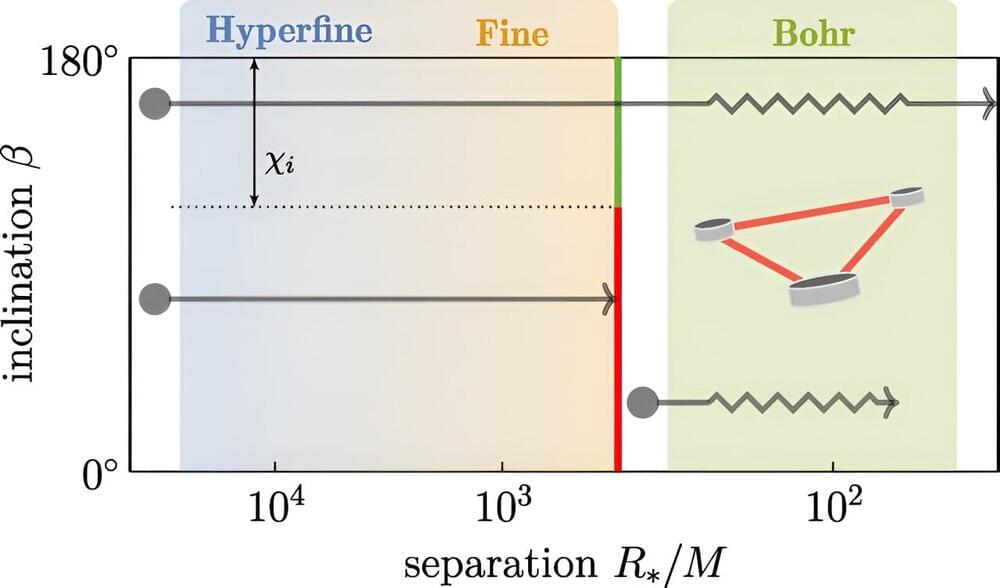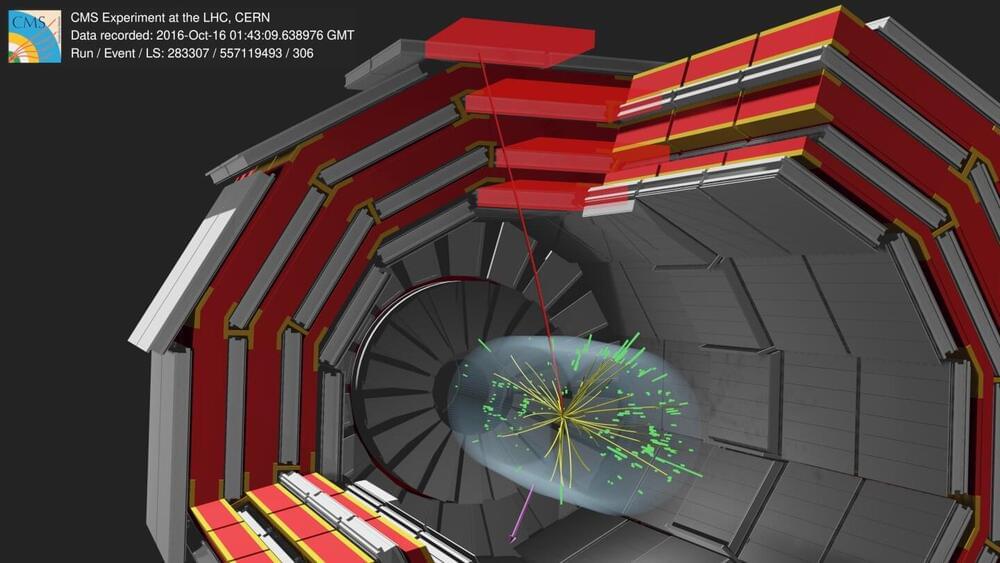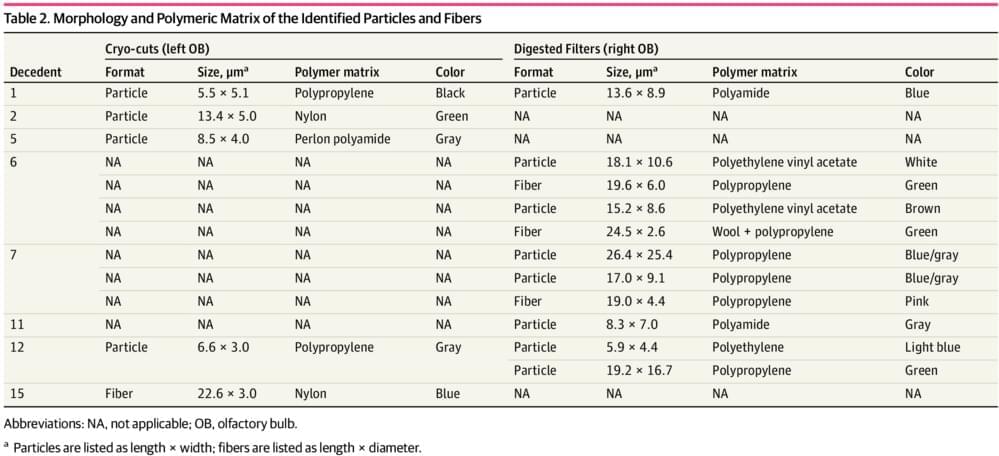Researchers at the University of Cambridge have developed simulations based on quantum entanglement that mimic the effects of hypothetical backward time travel, allowing experimentalists to retroactively adjust past actions. By manipulating entangled particles, they aim to solve complex problems in quantum metrology, such as improving experiment outcomes even when optimal conditions are only known after the fact. Although this approach doesn’t allow actual time travel, it uses the principles of quantum mechanics to refine scientific experiments and achieve better results in a controlled and probabilistic manner.
YouTube Membership: / @eventhorizonshow.
Podcast: https://anchor.fm/john-michael-godier…
Apple: https://apple.co/3CS7rjT
More JMG
/ johnmichaelgodier.
Want to support the channel?
Patreon: / eventhorizonshow.
Follow us at other places!
@JMGEventHorizon.
Music:







